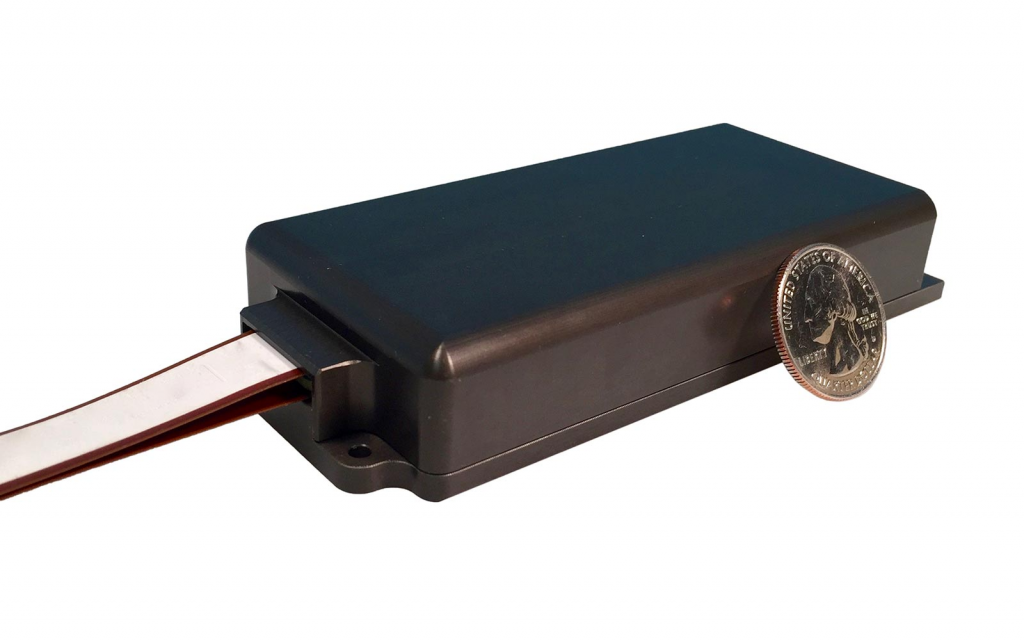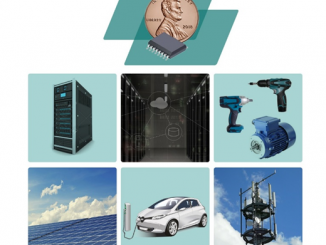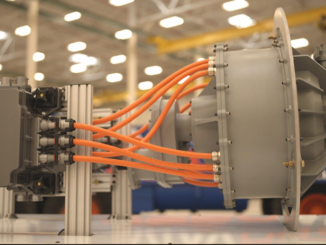
Empowering geoscientists for over 50 years with its seismographs, magnetometers, and geoelectric instruments, Geometrics now has developed its first ever drone-enabled magnetometer that opens new capabilities in geo-surveys. The MagArrow’s sleek housing holds the company’s MFAM (Micro-fabricated Atomic Magnetometer) module, a miniature magnetometer capable of highly precise measurements in an extremely lightweight and tiny package.

“MagArrow is setting a new standard for UAS (Unmanned Aerial Systems) magnetic surveys and the MFAM module is our most groundbreaking magnetometer yet,” says Mark Prouty, CEO of Geometrics, which is based in San Jose, California.
The MagArrow is engineered to simplify surveys that are difficult due to the various limitations of pilot-on-board surveys and ground surveys. It consists of an aerodynamic, light-weight carbon fiber shell with internal electronics including the MFAM magnetic sensors, GPS, and IMU.
Operation in the field is simple. Survey details are programmed into the user’s UAS software. The MagArrow is turned on, and once airborne, preprogrammed GPS waypoints carry the MagArrow in altitude stable survey lines. Once work is completed, data from the MagArrow can be wirelessly downloaded to a computer.
The magnetometer is based on advancements in cesium-vapor magnetometer technology that enabled a 10-fold reduction in sensor size with an increase in performance. Recent advances in laser technology and MEMS fabrication techniques, supported by the Defense Advanced Research Projects Agency (DARPA) and the Strategic Environmental Research and Development Program (SERDP), have led to miniaturized components for atomic clocks and magnetometers. Using its experience in building field-rugged magnetometers, Geometrics applied the advancements to develop its MFAM sensor products.

Its dual-sensor module has two sensors that allow for individual or gradient measurements. They can be reconfigured to achieve dead-zone free operation anywhere in the world and can accommodate heading error compensation. Geometrics offers developer kits using this dual-sensor module. For more info, see www.geometrics.com.



